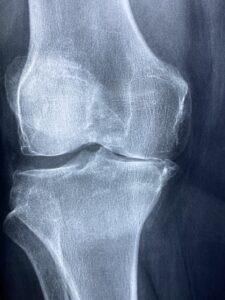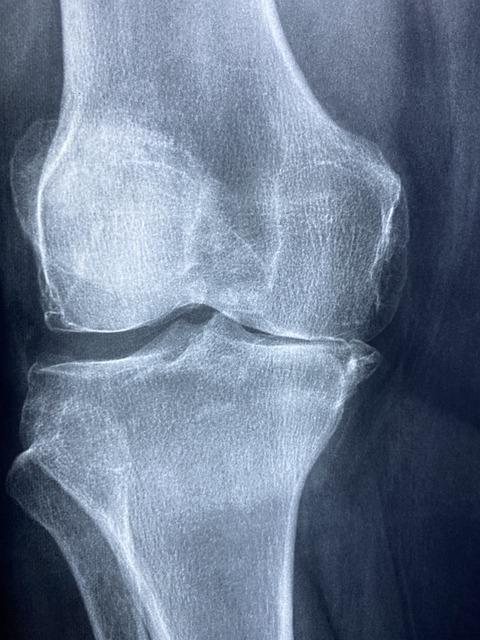 Knee injuries
Knee injuries
I felt compelled to talk about knee injuries because it is such a common beginner injury and so disheartening. I’m going to spoil the plot and tell anyone who is listening that knee injuries, any injuries, regardless of how dire they seem right now, will eventually heal.
Knee injuries are very common among runners. Runners in general and new runners in particular.
I’m going to share my experience here with the hope of helping someone navigate the challenges of a knee injury.
For perspective, I am an experienced, older runner that is just coming off a multi-year knee injury. I find that with all significant injuries the challenges and the solutions are equal parts physical and mental.
I am not a doctor and have no actual qualifications, only my experience.
Caveat emptor.
The knee is a complex joint. Not as complex as an ankle, but it still has a lot of things in it that can manifest injury.
There is the joint itself which has the bones coming together, the femur on the top and the fibula/tibia on the bottom, with the little floaty bone called the patella on the front – better known as the knee cap.
Between the bones is a squishy pad – the meniscus. Surrounding the joint is a web of tendons and ligaments and other fascia to keep everything in place. Unlike the hip, this isn’t a ball-and socket joint – the end of the bones come together and all those other bits hold them in place
So, long story short, you can develop bruises, tears and inflammation in any of these bits.
My first advice is to pull up a schematic of the knee and familiarize yourself with all the bits and how a healthy knee is supposed to work. Then you can have a perspective on your particular injury.
But, I’m going to assume it is something serous or chronic – meaning you’re taking time off, you’re maybe doing some rehab and the injury won’t get batter and/or go away.
First, what caused the injury?
Did you do too much? Did you have an impact? Or, quite possibly you have an inherent misbalancing of the bits in there, something, as we would say ‘structural’.
If you can trace back the injury to what caused it, you can potentially come up with a strategy to help it.
Think of it this way. Your injury is trying to tell you something. Take the time to listen.
It may simply be telling you to stop falling down, but that is useful information.
If you have an overuse injury, like tendonitis, the knee may not be the source of the problem. The knee may be the weak point or the leverage point where the injury manifested. If you look at that diagram of the knee you’ll notice that there are some very large muscles attached to the joint. The hamstrings, the quadriceps and the soleus. These powerful are muscles attached to the joint by tendons and ligaments.
Importantly, for runners, these muscles need to be balanced around that joint. If they get out of balance you get stress on one of those attach points. If your knee hurts it might be because you have neglected your hamstring stretches, etc.
My point is that you can proactively stretch and strengthen a known weakness or tightness to help knee health by getting back in balance.
My other point is that often a knee injury has little to do with the knee itself. The knee is the symptom. The problem and cause is somewhere else. \
So – you have an injury what do you do? You go to the doctor right?
Well, I am a believer in science and medicine. However, in my experience, the modern, general, response to these injuries are not designed with active runners in mind. They are more of a default response. Runners are an outlier in the modern medical care system.
My experience is that you need to be thoughtful when getting treatment. It’s getting better, but the first response is ‘stay off it’. Which, indeed, nine times out of ten, will make it feel better. But, what happens when you start up again and you haven’t addressed the underlying issues? It hurts. The injury becomes a limiter on your training, performance and happiness.
So, yeah, by all means get off the training long enough for it to heal, but do the work to figure out why it happened in the first place so you can work on that.
Another knee-jerk response (see what I did there?) is to prescribe pain relievers and anti-inflammatories. Which, again, may be a great answer for short-term discomfort, but does not fix anything. It may even mask pain that you should be listening to. You need to get beyond pain meds or you will be right back where you started.
The third knee-jerk response you’ll get is a prescribed course of physical therapy. In theory this is great, but I’ve found in practice, the PT offered by general medicine is generic to the point that it may or may not be helpful. Again, active runners are outliers. I have found that many times they have a default set of ‘knee strengthening’ exercises that may or may not be appropriate.
So, how do you navigate this? Keep learning. Keep asking questions. Until you understand or at least have an idea. I’m not saying you need to be a doctor, but it is your knee and you have a stake in all this so try to keep up.
One thing that I have found very useful is to cultivate a few physical therapists who work with athletes that you can trust. When you have an injury, you can check in with them and get their opinion. It gives you another reference point for your rehab.
That’s the physical part. Now let’s talk about the mental part.
This, I think, is more critical forany injury.
Why?
It requires patience.
You need to wait for the injury to get better. It may have interrupted your pursuit of a goal. You were doing so well. You had reserved a flight and a hotel room and collected thousands for charity – now you’re stuck on the couch with a knee brace and a bag of ice.
Yeah, that sucks.
Knee injuries are particularly noisome because they impact your day-to-day activities. Not only running but standing and walking.
So what do you do?
After you have had a few of these big injuries you learn the power of the pivot.
Crying in your oatmeal isn’t going change anything. You need to pivot to something compelling enough to keep you sane.
Typically with knee injuries you have alternatives. You may be able to walk or hike. You may be able to pool-run, or use the elliptical or cycle or the rowing machine. There are alternatives.
If you have a line of site on the appropriate rehab you may be able to throw yourself into the PT with vigor and vim.
Figure it out and pivot sooner rather than later. Have a plan B. This will eliminate weeks of uncertainty and depression as you watch your fitness goals fade away. The sooner you start on plan B the better you will feel.
It took me 2+ full years to recover from this last injury. Get your expectations set appropriately. The older you get the longer these things take to heal. It may take weeks or months or years, but I’m here to tell you, eventually you will find a new normal and this injury will teach you something.

